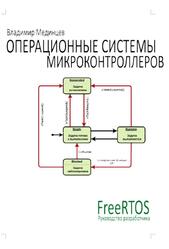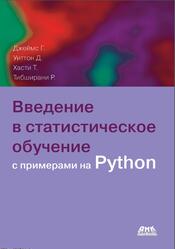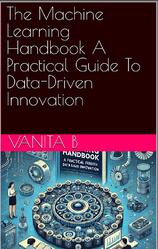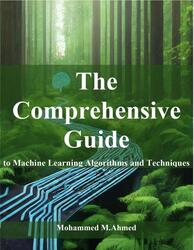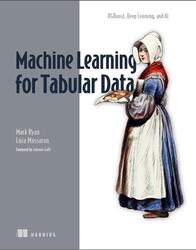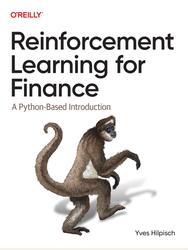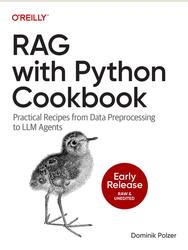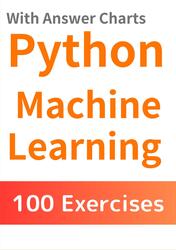This book can be read on three levels, so essentially you have three different books in front of you. At the highest level, it’s a book about data analytics, and you’ll find a basic introduction to the discipline, tools, algorithms, and some more advanced concepts, which together should allow you to perform analytics on your own. It will give you a high-level overview of data analytics as an initial step into the field.
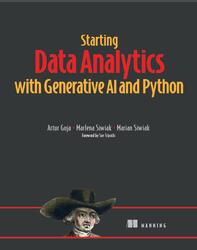
The role of generative Als in data analytics.
On groups and forums focused on generative Als, there are dozens of questions to the effect of “Where can I find a GenAI-based tool that does [very specific task description here]?” Even if a requested tool does not exist yet, it probably will, and soon. And it’s all good. Data warehouses, lakes, lakehouses, meshes, fabrics, and so on replace Excel files, data in emails, and napkins (if not for all intended purposes). Dashboards and self-serve business intelligence (BI) platforms replace manually created reports and PowerPoint presentations (OK, questions about using generative AI to create, modify, or improve PowerPoint slides are the most common). However, beware of silver bullets. Only 0.5% of data collected in data warehouses, lakes, and so on is ever analyzed, while the remaining 99.5% generates costs and big-data hangover to companies that over-eagerly started to collect the data without a data utilization plan. BI platforms, in turn, are filled to the brim with rogue analytics (for example, data slicing and dicing that serves no purpose other than the justification of poor business decisions).
The effectiveness of generative AI use in data analytics will depend on your, the data analyst’s, ability to harness the possibilities and overcome the limitations of this new tool. Generative AIs, like any tool or technology, cannot be expected to do all the work. Let’s look closely at what we are dealing with and at generative AI’s differences front and similarities to other elements of the data analytics flow, namely the analytical process and software.
Until now, we have leaned toward the doom-and-gloom side of things, giving you a lot of warnings about generative AI’s limitations and discouraging you front jumping onto every tool labeled as “GenAI-powered” (we have an internal betting pool regarding when the first toothbrush labeled as such will hit the market). We did this on purpose as we noticed that overinflated expectations are the main blocker to the efficient use of this amazing tool. Now let’s get out of this shadow of doubt and step into the light of the bright generative Al-supported future of data analytics.
CONTENTS.
Foreword.
Preface.
Acknowledgments.
About this book.
About the authors.
About the cover illustration.
1 Introduction to the use of generative AI in data analytics.
2 Using generative AI to ensure sufficient data quality.
3 Descriptive analysis and statistical inference supported by generative AI.
4 Using generative AI for result interpretations.
5 Basic text mining using generative AI.
6 Advanced text mining with generative AI.
7 Scaling and performance optimization.
8 Risk, mitigation, and tradeoffs.
Appendix A Specifying multiple DataFrames to ChatGPT v4.
Appendix B On debugging ChatGPT’s code.
Appendix C On laziness and human errors.
Index.
Бесплатно скачать электронную книгу в удобном формате, смотреть и читать:
Скачать книгу Starting Data Analytics with Generative AI and Python, Guja A., Siwiak M., 2025 - fileskachat.com, быстрое и бесплатное скачивание.
Скачать pdf
Ниже можно купить эту книгу, если она есть в продаже, и похожие книги по лучшей цене со скидкой с доставкой по всей России.Купить книги
Скачать - pdf - Яндекс.Диск.
Дата публикации:
Теги: учебник по программированию :: программирование :: Guja :: Siwiak
Смотрите также учебники, книги и учебные материалы:
Следующие учебники и книги:
Предыдущие статьи:


